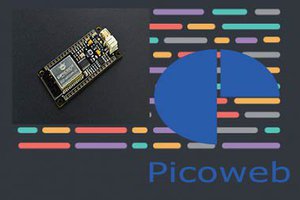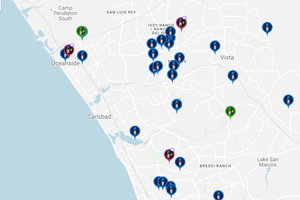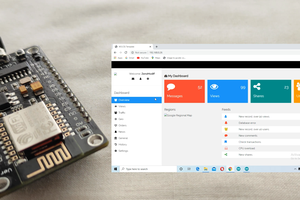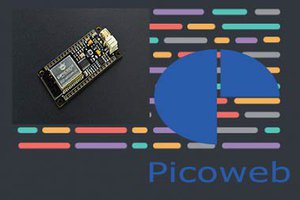Mesh network enables devices in your network to have faster speeds, greater coverage, and a more reliable connection. The units (called “nodes”) will capture and rebroadcast the router’s signal. If nodes are removed from the network, it should self-heal, and route around the damage. The result is an efficient wireless network that provides a strong signal no matter where you are.
I started with this project by configuring a serial communication with just two ESP32 micro-controllers using Arduino IDE and "painlessmesh" library. The two devices sent hello packets to each other every 5 seconds. The packets were analysed on the serial monitor.
The next ting I was able to achieve was serial communication between five ESP32 thus forming a mesh network. I used Tera term to capture and analyse the packets.
This mesh network is then connect to the home Wi-Fi in order to have the network connect to the Internet. During this milestone I faced a couple of challenges. For this to work you need a Wi-Fi router. In my case, I was using the xfinity hotspot which caused problems. Hence, I decided to create an external webpage server.
The nodes (ESP32s) are configured with an IP address such as 192.168.4.1. When a mobile device is connected to the mesh network and when it enters the configured IP address, a webpage opens with a "message received" header.
I wanted to figure out a way on how IoT devices would communicate with each other without the interference of a routing device. The devices should be able to form its own lookup table and route data between nodes. I tried a couple of protocols such as ESP-NOW and ESP- MQTT. I also looked at ways on how routers and switches work and I came across ARP (address resolution protocol) lookup table.
I did code an ARP table in python. Whenever a router receives an ARP request, it makes an entry in its ARP table, assigning local IP address of the client with its associated MAC address. I was not able to execute this in Arduino.
Looking at how google mesh network actually works, I realized that I need to configure multiple access points in order to have a robust Wi-Fi connection. With the bits and pieces of code I had done earlier, I was able to configure ESP32 as an AP as well as be connected to other nearby mesh nodes.
For testing purpose, I used my mobile device which would automatically connect to the nearest AP. I then tried to open the webpage from the device and it worked.
A wireless mesh network (WMN) is a particular type of mobile ad hoc network (MANET). A pure MANET is dynamically formed by mobile devices without the requirement of any existing infrastructure or prior network configuration. Similar to WMN, a MANET also has the ability of self-organization, self-discovering, self-healing, and self-configuration. However, a WMN is typically a collection of stationary mesh routers (MRs) with each employing multiple radios.
Future directions - Expanding this project by configuring ESP32 as a node in the mesh using Dynamic source routing protocol which is used in a MANET.
Reference Links to get started with
https://docs.espressif.com/projects/esp-idf/en/latest/esp32/get-started/
https://docs.espressif.com/projects/esp-idf/en/latest/esp32/api-guides/mesh.html
https://www.espressif.com/en/products/software/esp-now/overview (using ESP-NOW protocol)
#include "painlessMesh.h"
#include <WiFi.h>
#define MESH_PREFIX "whateverYouLike"
#define MESH_PASSWORD "somethingSneaky"
#define MESH_PORT 5555
// Replace with your network credentials
const char* ssid = "ESP32-Access-Point";
const char* password = "123456789";
Scheduler userScheduler; // to control your personal task
painlessMesh mesh;
// User stub
void sendMessage() ; // Prototype so PlatformIO doesn't complain
Task taskSendMessage( TASK_SECOND * 1 , TASK_FOREVER, &sendMessage );
void sendMessage() {
String msg = "Hello from node ";
msg...
Read more »
 Sheetal Dalal
Sheetal Dalal

 muzi
muzi
 Richard Myers
Richard Myers

meybe You add a interactive map of network?
in my opinion this will be usefull if You use big antenas (direct antena?)
and meybe add nntp by default